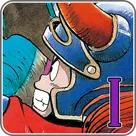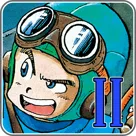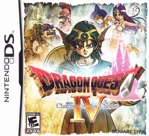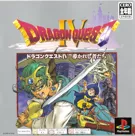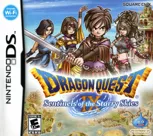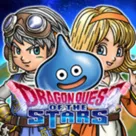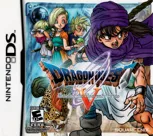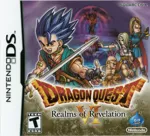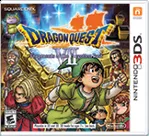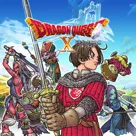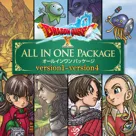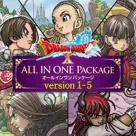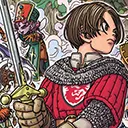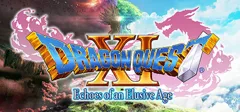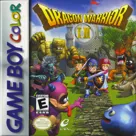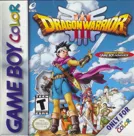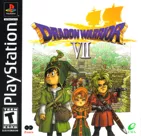Game Groups > Dragon Warrior / Dragon Quest series
Dragon Quest (earlier installments were known in the West as Dragon Warrior) is a series of Japanese-style role-playing games. It is one of the longest-running, largest, and most influential franchise within this sub-genre; it is also the most popular role-playing series in its homeland. Its first installment (1986) is commonly regarded as one of the most important progenitors of Japanese RPGs.
The franchise was created by Yuji Horii and owes its distinctive audio-visual style to the artist Akira Toriyama and the composer Koichi Sugiyama. Enix is the publisher and the owner of the series' intellectual rights. Various developers have worked on the series, including Chunsoft, Heart Beat, Arte Piazza and Level-5.
Setting
Dragon Quest games are set in traditional medieval fantasy worlds with strong European influences, usually devoid of sci-fi or other stylistic elements popular among Japanese RPGs. The stories of individual installments are normally not directly connected to each other, though they may include common themes, references to common locations, characters, etc.
Story
Dragon Quest games traditionally feature relatively simple plots. In most games, the player controls a "silent protagonist" (often a soldier/warrior), whose task is to defeat evil forces that threaten the land. The first six games in the series are often grouped into two trilogies. The Erdrick Trilogy (also known as the Loto Trilogy) includes the first three games, which share common references to the legendary hero Erdrick (Loto in the original Japanese version). The Zenithia Trilogy encompasses the fourth, the fifth, and the sixth installments, all featuring the Zenithian castle in the skies.
Gameplay
The gameplay in Dragon Quest games is also deliberately kept simple throughout the course of the series, compared to Western and even many Japanese RPGs. The series' creator Yuji Horii cited Wizardry and Heart of Phantasm games among the main influences. He stated that he wanted to create role-playing games that were easily accessible to everyone, as opposed to the complex and demanding gameplay systems of Western RPGs. Linear main quests, simple turn-based battles, and a considerable degree of challenge in combat are typical elements of the series' gameplay. However, some installments opted for more complex features, such as job systems, monster-summoning, etc.
There are many recurrent monsters in the series, the most notable one being the slime, which is usually the first monster the player encounters in a Dragon Quest game, and which has become the mascot of the series.
Influence
In Japan, Dragon Quest has become a part of the local culture. The Japanese Diet (the equivalent of a legislative branch of the government) allows no Dragon Quest game to be released on a weekday or Saturday, as too many people used to cut school and work whenever a new Dragon Quest game came out so they could go buy the game instead. Young children also used to be robbed of their copies of any DQ game by junior high and high school students.
To many Japanese people, the English word "slime" is associated primarily with the familiar onion-shaped commonplace enemy of the series. The cure spell hoimi also became equivalent to healing in general.
Related links
- The History of Dragon Quest (on Gamasutra - February 2008)
Information also contributed by Satoshi Kunsai
Related Groups
- Dragon Age series
- Dragon Warrior / Dragon Quest universe
- Fantasy creatures: Dragons
- Gameplay feature: Armor / weapon sets
- Gameplay feature: Day / night cycle
- Gameplay feature: Dragon flying / riding
- Gameplay feature: Monster capture / training
- Inspiration: Book - Xi You Ji / Journey to the West
- Quest for Glory series
- Ultima series
30 Games [ view in game browser ] [ add game ]


